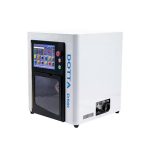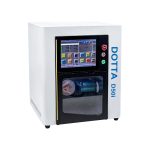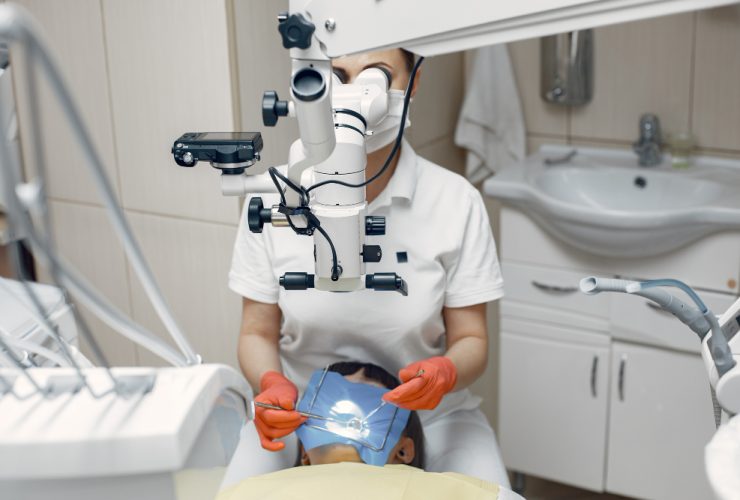Dental CAD/CAM – All You Need to Know
Technology has played an important role in the evolution of dentistry by bettering work conditions both in dental offices and in dental laboratories. And one notable advancement is CAD/CAM dentistry. This simply refers to the digital design of dental fixtures, crowns, and more using CAD, and the fabrication of those products using CAM.
With the accuracy and reliability of modern fabrication processes, not to mention the accuracy and efficiency of 3D scanning, dental object fabrication became a lot more potent.
Dig into this detailed guide to dental CAD/CAM.
CAD/CAM dentistry, as its name implies, is a discipline of dentistry which use CAD/CAM (Computer-Aided Design/Computer-Aided Manufacturing) systems to improve the design and fabrication of dental restorations.
It can be used in the design and construction of veneers, implant abutments, crowns, inlays, onlays, fixed partial dentures and full-mouth reconstruction. Also, we can use CAD/CAM in orthodontics. But in dentistry specifically, it was only used for the first time a decade after its creation. In the 1960s, this technology was used in the aircraft and automotive industries.
Advantages:
The quality of CAD/CAM restorations is high and they have a natural appearance because the ceramic blocks emulate enamel.
The measurements and fabrication are precise.
If there’s a milling machine in a dental office, patients could receive their permanent restoration the same day, and there is no need for a second appointment. (These savings in time and labor have the potential to reduce costs, too.)
Digital scans are faster and easier than conventional impressions because wax-ups, casting, firing, and investing are eliminated.
Precision in the adaptation of the teeth with an exact marginal dental sealing which ensures its long-term performance.
Dentists know exactly where they should place the implants.







fghdfghdfdfhdfggdfgh